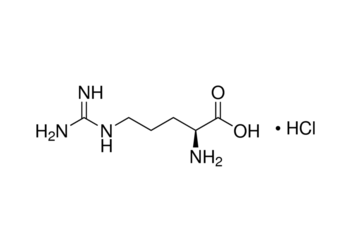N-Caproic Acid 98% ( N-Hexanoic Acid )
₹ 1,330.00 – ₹ 5,890.00Price range: ₹ 1,330.00 through ₹ 5,890.00
Product Specifications
CAS NO. 142-62-1
HSN CODE : 29159030
HealthChemix Support
GST Invoice Available
Secure Payments
365 Days Help Desk
Return & Warranty Policy
Product Details
N-Caproic Acid (N-Hexanoic Acid, CAS No. 142-62-1) is a saturated fatty acid with the chemical formula C6H12O2. It is a six-carbon carboxylic acid that appears as a colorless to light yellow oily liquid with a pungent odor. N-Caproic Acid is widely used in various industries due to its versatile chemical properties and applications. Below is a detailed overview of its uses, properties, and significance.
Chemical Properties
N-Caproic Acid is a medium-chain fatty acid with a molecular weight of 116.16 g/mol. It is slightly soluble in water but highly soluble in organic solvents such as ethanol, ether, and acetone. The compound has a boiling point of approximately 205°C and a melting point of -3°C. Its chemical structure consists of a six-carbon chain with a carboxyl group (-COOH) at one end, making it reactive and useful in various chemical processes.
Uses of N-Caproic Acid (N-Hexanoic Acid)
- Food and Flavoring Industry:
- N-Caproic Acid is used as a flavoring agent in the food industry. It imparts a cheesy, waxy, or fatty flavor to food products and is commonly found in dairy products, baked goods, and confectionery.
- It is also used in the production of esters, which are added to foods and beverages as artificial flavors.
- Pharmaceutical Industry:
- The compound is used as an intermediate in the synthesis of pharmaceuticals. It is involved in the production of drugs, vitamins, and other medicinal compounds.
- Its antimicrobial properties make it useful in certain pharmaceutical formulations.
- Chemical Industry:
- N-Caproic Acid is a key raw material in the production of plasticizers, lubricants, and corrosion inhibitors. It is also used in the synthesis of esters, which are widely used in perfumes, cosmetics, and industrial applications.
- It serves as a precursor for the production of caproates, which are used in various chemical reactions.
- Animal Feed Additive:
- In the agriculture industry, N-Caproic Acid is used as an additive in animal feed to improve digestion and promote growth in livestock.
- Biofuel Production:
- The compound is being explored as a potential component in the production of biofuels. It can be derived from renewable sources and used as a precursor for bio-based fuels.
- Research and Laboratory Use:
- N-Caproic Acid is used in chemical research and laboratory experiments as a reagent for organic synthesis and analytical studies.
Safety and Handling
N-Caproic Acid is generally safe when handled properly, but it requires careful handling due to its chemical nature. Key safety considerations include:
- Toxicity: It may cause irritation to the skin, eyes, and respiratory system upon direct contact or inhalation.
- Flammability: The compound is flammable and should be stored away from heat, sparks, and open flames.
- Environmental Impact: Proper disposal methods must be followed to prevent environmental contamination.
Personal protective equipment (PPE), such as gloves, goggles, and lab coats, should be worn when handling this compound. In case of accidental exposure, affected areas should be rinsed thoroughly with water, and medical attention should be sought if necessary.
Regulatory Status
N-Caproic Acid is regulated under various chemical safety guidelines to ensure its safe use in industrial and laboratory settings. Manufacturers and users must comply with local and international regulations, such as REACH (Registration, Evaluation, Authorisation, and Restriction of Chemicals) in the European Union.
Conclusion
N-Caproic Acid (N-Hexanoic Acid, CAS No. 142-62-1) is a versatile chemical compound with significant applications in the food, pharmaceutical, chemical, and agricultural industries. Its role as a flavoring agent, chemical intermediate, and feed additive highlights its importance in modern industrial processes. However, proper safety measures must be followed to ensure its safe handling and use. As with any chemical compound, understanding its properties and applications is essential for maximizing its benefits while minimizing risks. Its potential in emerging fields, such as biofuel production, further underscores its relevance in sustainable and innovative applications.
Other Product
Related products
-
L-Arginine Mono Hydrochloride 99% (For Biochemistry)
₹ 255.00 – ₹ 3,250.00Price range: ₹ 255.00 through ₹ 3,250.00 This product has multiple variants. The options may be chosen on the product page -
Ammonium Iodide E.P.
₹ 1,330.00 – ₹ 14,100.00Price range: ₹ 1,330.00 through ₹ 14,100.00 This product has multiple variants. The options may be chosen on the product page




